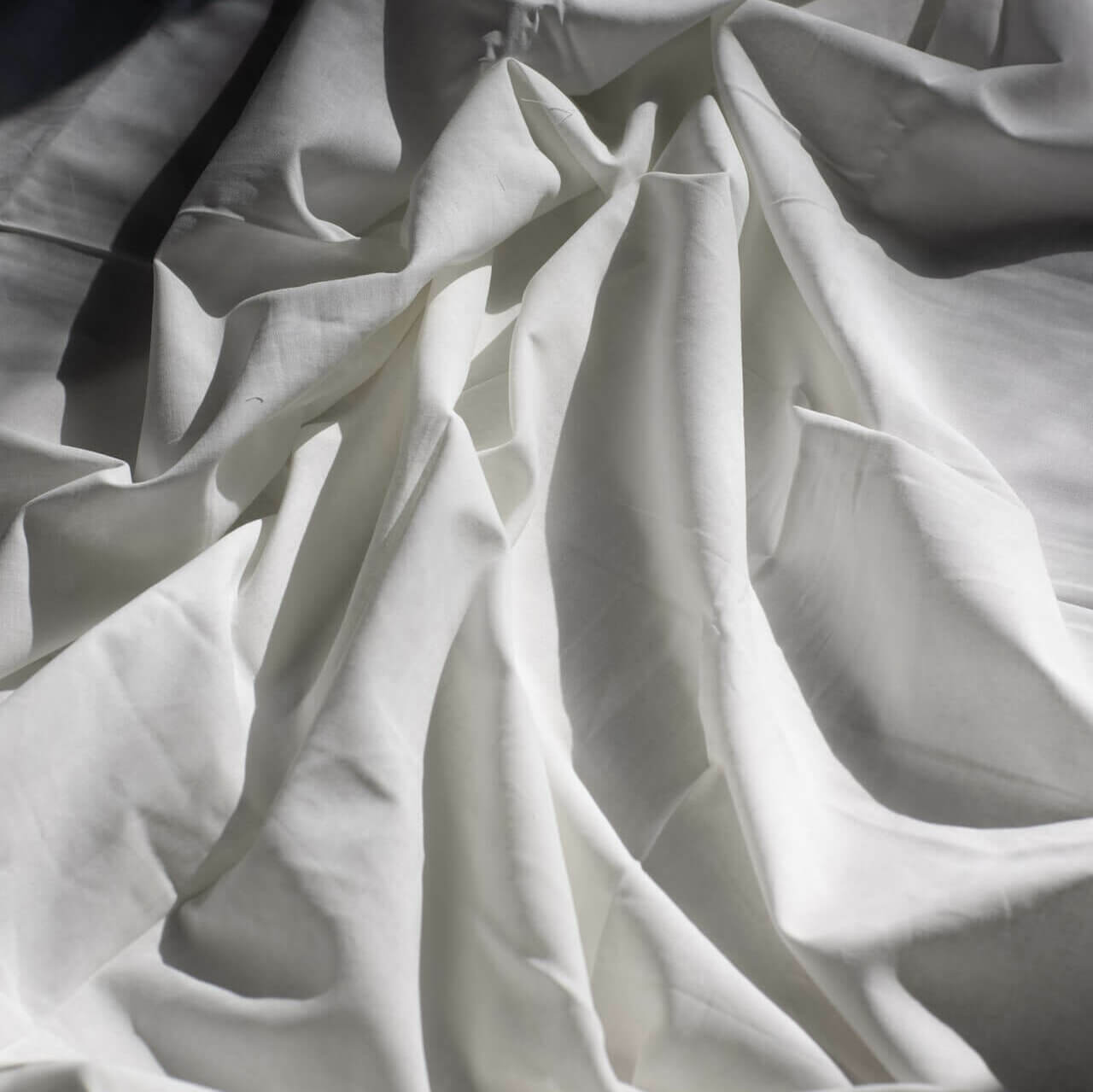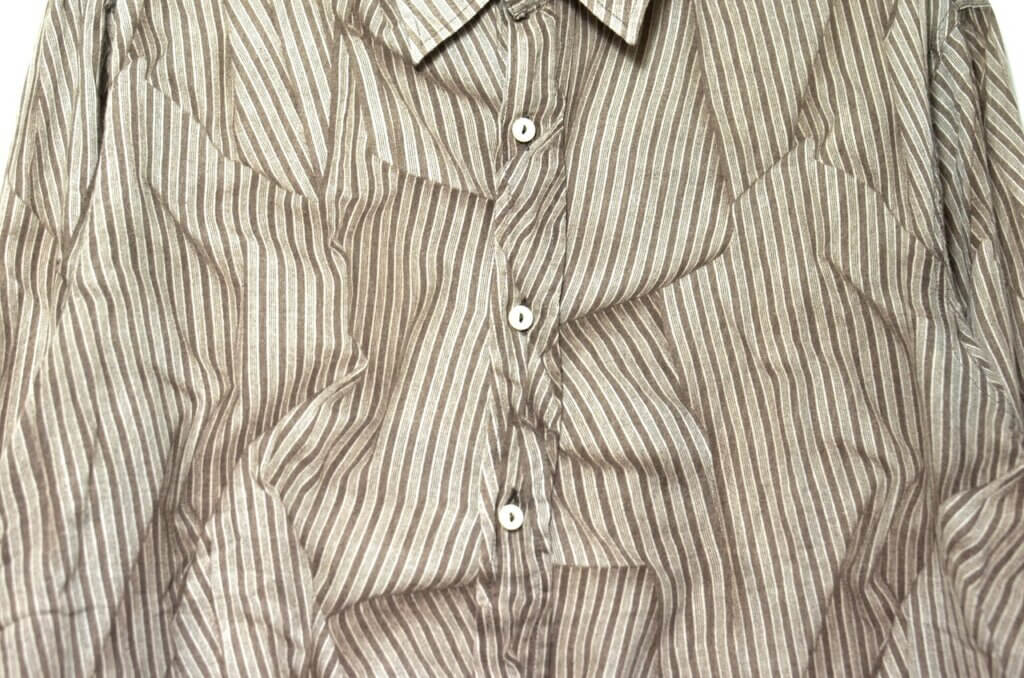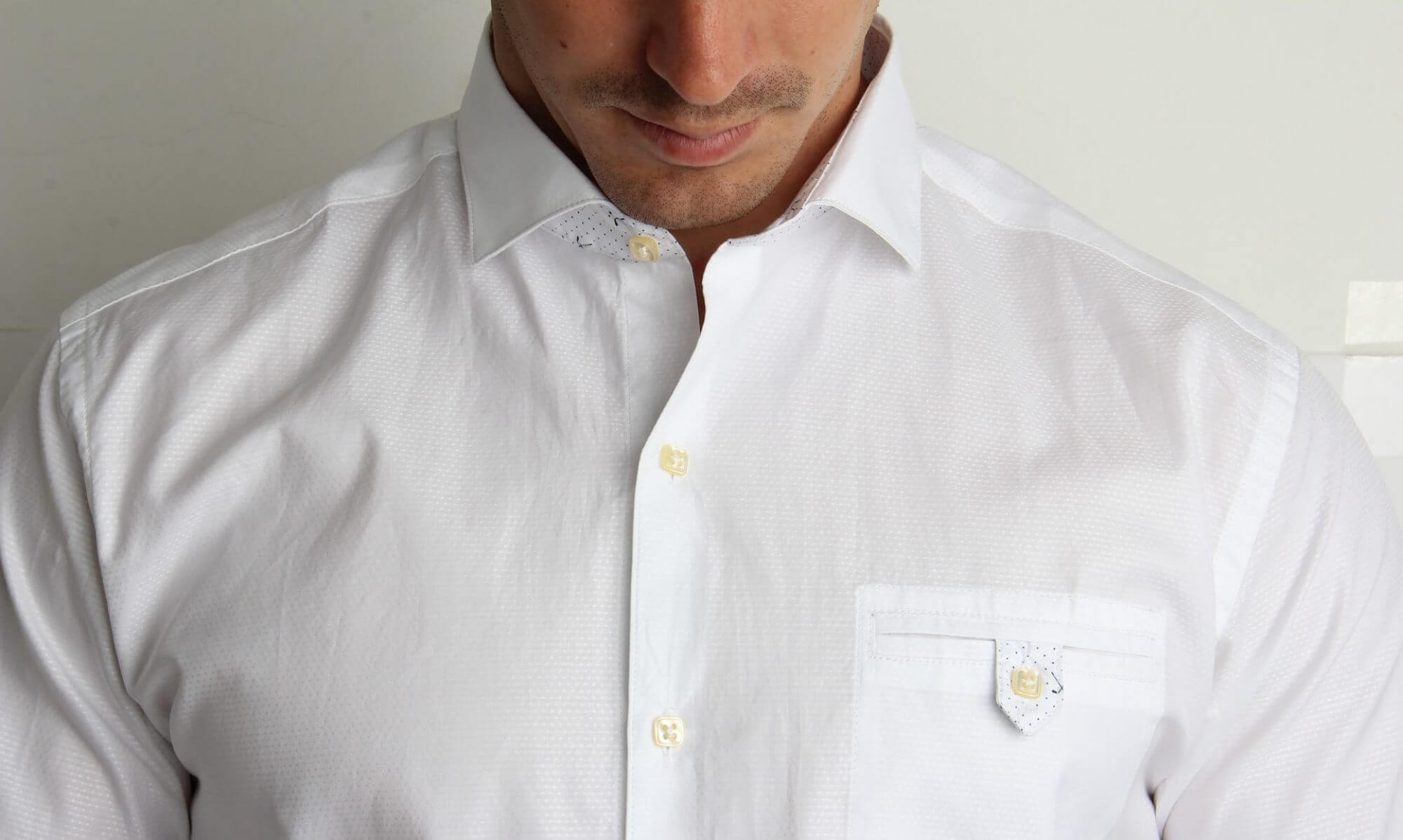What if a person arrives at the meeting and has a lot of wrinkles on his shirt? What would be your thoughts? Definitely, he looks a bit messy and untidy, right? The same goes for you if you head into a meeting and have those harsh creases over you. So, we thought, what if there is a solution, which can help you from these problems? And we have found wrinkle-free fabric that can save your day.
A wrinkle-free fabric is simply something that is prone to vivid creases. Although they are not wrinkle-resistant entirely, which means they can still catch some creases, they are easier to iron. Hence, they can save you surplus time for sure.
Moreover, wrinkle-free fabric is usually made from polyester and cotton (65/35% ratio), which can especially be treated to prevent any wrinkles and save you surplus time and effort in the caring process. However, with time, we can see more advancements in the future relating to wrinkle-free fabric (such as increasing the immersion time can give you more wrinkle-resistant characteristics).

Are wrinkle free shirts safe?
This is one of the most asked questions when it comes to fabrics. Are these wrinkle-free fabrics safe? You can see a hoax over the internet that claims wrinkle-free clothing is carcinogenic, but you might not be aware of what is going on here.
Non-iron fabrics and Formaldehyde
Most people confuse wrinkle-free fabrics with non-iron fabrics that are treated with formaldehyde. And you will be surprised to know that wrinkle-free fabrics have significantly reduced to no levels of formaldehyde. Instead, they aren’t prone to creases, just easier to iron.
As David Andrews, a senior scientist at the Environmental Working Group, says, “From a consumer perspective, you are very much in the dark in terms of what clothing is treated with.” He further concluded, “In many ways, you’re in the hands of the industry and those who are manufacturing our clothing. And we are trusting them to ensure they are using the safest materials and additives.”
Furthermore, we don’t mean that formaldehyde (a key component in non-iron fabrics) is safe for everyone. According to GOA, some people might get a prominent skin issue called dermatitis, which might cause itchy and reddish skin, along with blisters.
But according to the accountability office, which is the investigative arm of Congress, several items were evaluated to check the potential health risks of formaldehyde as required by the Consumer Product Safety Improvement Act of 2008.
You will be glad to know that most of the large wrinkle-free fabrics such as clothing and sheets had low or undetectable formaldehyde levels. However, some of them, which were about 5.5 percent of the total fabrics (primarily wrinkle-free shirts and pants), exceeded 75 parts per million that touch the skin (levels should fall below or 20 parts per million to 300 parts per million).

Which fabrics are wrinkle-free?
Whenever wrinkle-free fabrics are concerned, you would like to know what options you have in that particular fabric. In order to understand these fabrics, we have divided them into broad categories of synthetic and natural fabrics:
- Synthetic wrinkle-free fabrics
- Natural wrinkle-free fabrics
However, you should note that fabrics aren’t the only thing that determines wrinkle-free characteristics. For instance, some polyester shirts might need ironing regularly. On the other side of the coin, there might be some cotton-made garments such as leggings or tee shirts that don’t need ironing at all.
Synthetic wrinkle-free fabrics
These fabrics are mostly used in the past, and it would not be wrong to call them old ones, but we should add here that in the fashion industry, nothing dies ever entirely. Similarly, synthetic wrinkle-free fabrics still have a lot of demand. To sum up, synthetic fabrics include Nylon, Polyester, and Lycra.
Natural wrinkle-free fabrics
Although these fabrics are not entirely organic instead, these natural wrinkle-free fabrics are made from ratios of natural and synthetic components. However, these ratios can provide certain advantages of comfort with less ironing, of course. Some of the famous combinations include Polyester/Cotton, Cotton/Lycra, or Rayon blends, which are increasing in the market every day.
With that being said, you might like to have a look at our collection of some fabulous evergreen non-iron shirts here.

Can I iron wrinkle free fabric?
Now you are aware of the fact that wrinkle-free fabric is safe (for pretty much everyone). So you would like to learn whether you can iron it or not, right? It can be a tricky question since there are several wrinkle-free or wrinkle-resistant fabrics, but we will make things easy for you.
As a general rule of thumb, wrinkle-free fabrics don’t do well with irons. However, we never said that you couldn’t iron them. The trick is to always go for low temperatures initially and increase if things go smooth. There are some of the fabrics that don’t tolerate iron even the slightest, for instance, polyester.
And in case you have a polyester fabric, you have to put a piece of cloth over it and avoid using iron directly over your fabric. Best of all? You can use this technique not only for polyester, but on every wrinkle-free fabric. You can use this technique and go a little higher on the temperatures. Amazing, right?
How to wash wrinkle free fabrics?
As you might have guessed, wrinkle-free fabrics don’t require intense ironing. However, you still need to wash them properly. The first thing you need to do is to check the instructions on the tag. In case you don’t have the tag, you can try to look up the manufacturer’s website.
If you are unsure: Use a mild detergent. Set the temperature to 30 (max 40) degrees. You can use a regular detergent, but make sure to use less of it. You can also use a liquid detergent. Set your washing machine to the gentle cycle the first time, if that works out, use the normal one.
The next thing you need to do is to dry your clothes. You can use a clothesline or just put it on a hanger. If you want to use a dryer, make sure to use the low-heat setting.
Final remarks
Good to see you down here. Now that you are aware of wrinkle-free fabrics and all the discussions that have attached along with these clothes. Although some people might not get used to them, but they are certainly worth trying. However, we are sure you will be looking forward to getting yours today, right?


10 Replies to “What is wrinkle free fabric? A guide for wrinkle free clothes.”